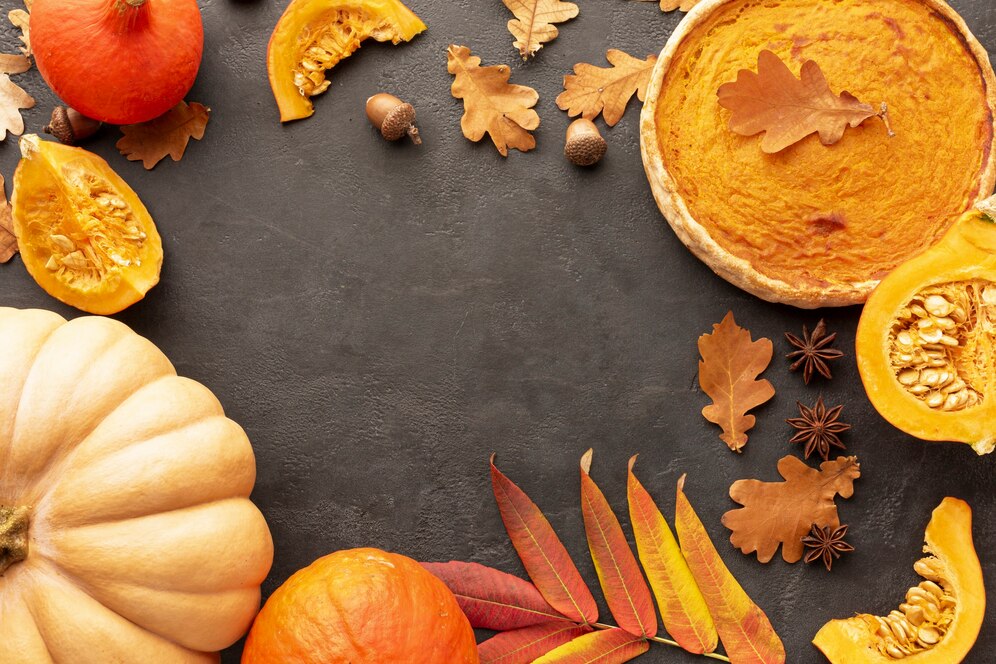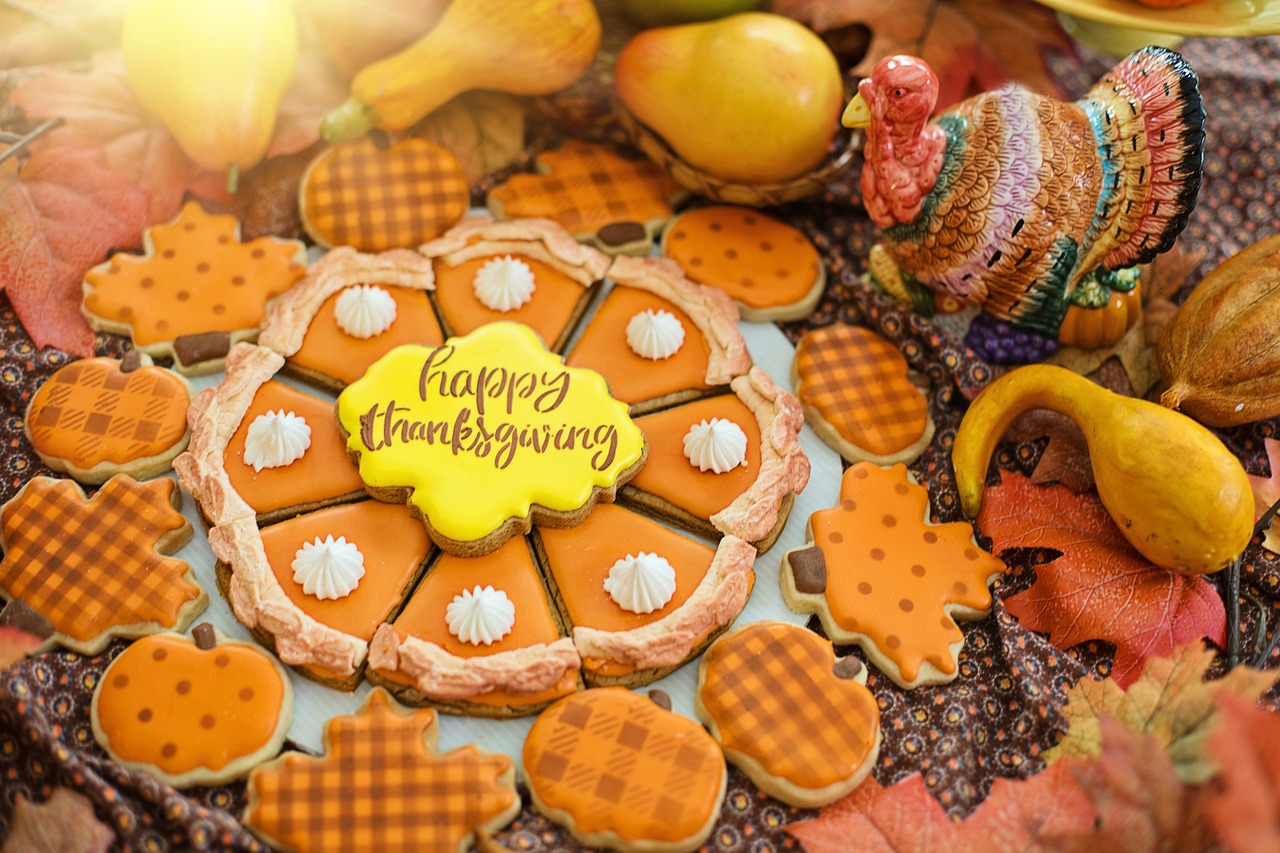By Nikolina Koulouri,
Thanksgiving is often associated with cherished traditions: gathering around the table, sharing a bountiful meal, and expressing gratitude for the blessings of the past year. These rituals evoke warmth and togetherness, making it a beloved time for many families. However, beyond the festive spirit lies an opportunity to reflect more deeply on what the holiday represents. By using Thanksgiving as a teachable moment, we can explore themes of gratitude, cultural exchange, and community in a way that acknowledges diverse perspectives, fosters empathy, and encourages meaningful dialogue.
Approaching Thanksgiving with sensitivity involves looking beyond the usual stories and asking deeper questions about what the holiday signifies. It’s not just about recreating a historical event, but about what it means to come together in gratitude and to understand the different ways people may experience or perceive this time of year. While some may view Thanksgiving solely as a celebration of togetherness, for others, it’s a reminder of more complex cultural histories and personal experiences. By recognizing that these diverse feelings exist, we create space for a richer, more inclusive understanding of the holiday.

The essence of Thanksgiving revolves around the idea of giving thanks, yet how we express gratitude can vary widely across cultures, families, and individuals. It can be helpful to start discussions with the question: What does it mean to give thanks? Gratitude doesn’t look the same for everyone, and it’s not limited to one day a year. Some might see Thanksgiving as a time to reflect on the past year’s highs and lows, finding moments of joy and lessons in the struggles. Others may see it as an opportunity to reconnect with loved ones, rekindle bonds, and share in the joy of togetherness. Acknowledging these different ways of experiencing the holiday makes it a more inclusive occasion where everyone’s feelings and traditions can be valued.
By exploring Thanksgiving, it also invites us to think about community and shared traditions. For many, the holiday is a time to continue age-old family customs, from favorite recipes to cherished rituals. Yet, it’s also a chance to create new traditions that reflect today’s values and diverse backgrounds. Encouraging people to bring their own cultural or personal traditions to the Thanksgiving table can make the celebration more meaningful. For example, inviting guests to share a story, a poem, or a dish that represents what they are thankful for can open up conversations about different experiences and enrich the gathering. These kinds of exchanges emphasize that Thanksgiving is not a one-size-fits-all holiday, but a canvas where everyone can paint their own picture of gratitude and community.
Moreover, using Thanksgiving as a teachable moment encourages us to think about the importance of empathy. The holiday, while joyous for many, can also be challenging for those who feel left out or have experienced hardship. Some people may be grieving the loss of loved ones or struggling with loneliness, and the focus on big family gatherings can inadvertently heighten these feelings. By practicing empathy and considering the feelings of others, we can make our celebrations more inclusive. Perhaps this means reaching out to someone who may be spending the holiday alone, including others in the celebration who might not have family nearby, or simply being mindful that not everyone associates Thanksgiving with joy. This kind of empathy extends the spirit of gratitude beyond our own experiences to encompass the broader community.
Sensitivity in approaching Thanksgiving also involves reflecting on the idea of cultural exchange. The holiday offers an opportunity to discuss how different cultures express gratitude and celebrate the harvest season, as many societies have their own versions of giving thanks. Drawing parallels between Thanksgiving and other cultural celebrations of gratitude can expand our understanding of the holiday. It helps to illustrate that, while the ways we give thanks may differ, the underlying values of appreciation and community are nearly universal. By celebrating these connections, we can foster a sense of shared humanity, while still honoring the uniqueness of different cultural traditions.

We can also think about the broader message we want to pass on to future generations. The holiday is more than just a day off from work or school —it’s a chance to reflect on what it means to be grateful and to give back. Discussions about Thanksgiving can be a springboard for teaching children the importance of generosity, kindness, and understanding. These values go beyond the holiday itself, encouraging a way of life that embraces gratitude not just as a feeling, but as a practice. Simple acts, such as volunteering, donating to a cause, or even writing thank-you notes, can help instill a spirit of gratitude and compassion in young people.
Finally, Thanksgiving can be a time to think critically about our own traditions and consider how they can evolve. Traditions, while comforting and meaningful, are not static; they grow and change with us. Being open to modifying or expanding our Thanksgiving customs to include new voices and perspectives can make the holiday more inclusive. For instance, adding moments of reflection where everyone shares what they are thankful for, or creating spaces for conversations about what Thanksgiving means to different people, can deepen the experience. This approach doesn’t diminish the celebration but rather broadens it, allowing for a richer tapestry of experiences to come together.
Reference
- Thanksgiving Traditions. National Geographic Kids. Available here




